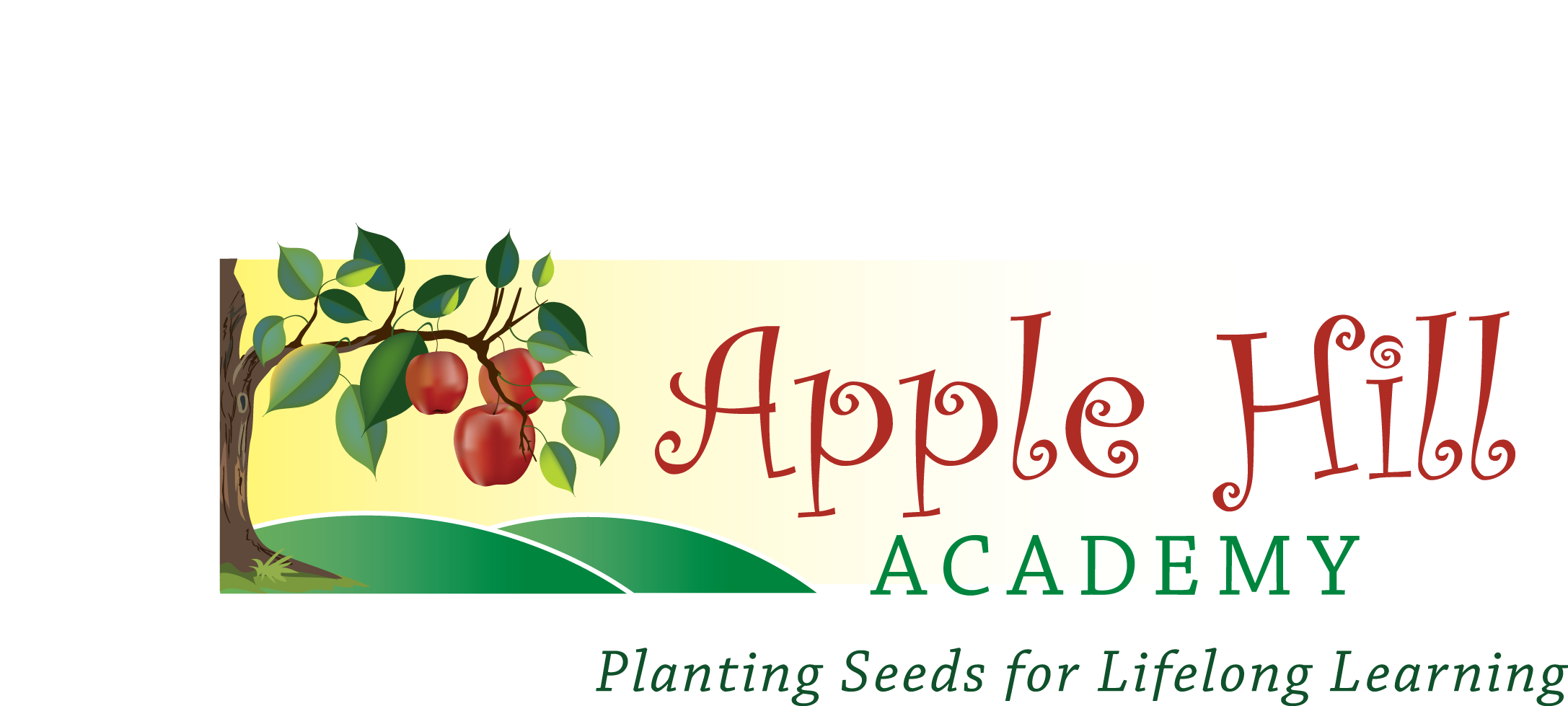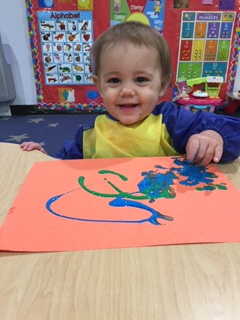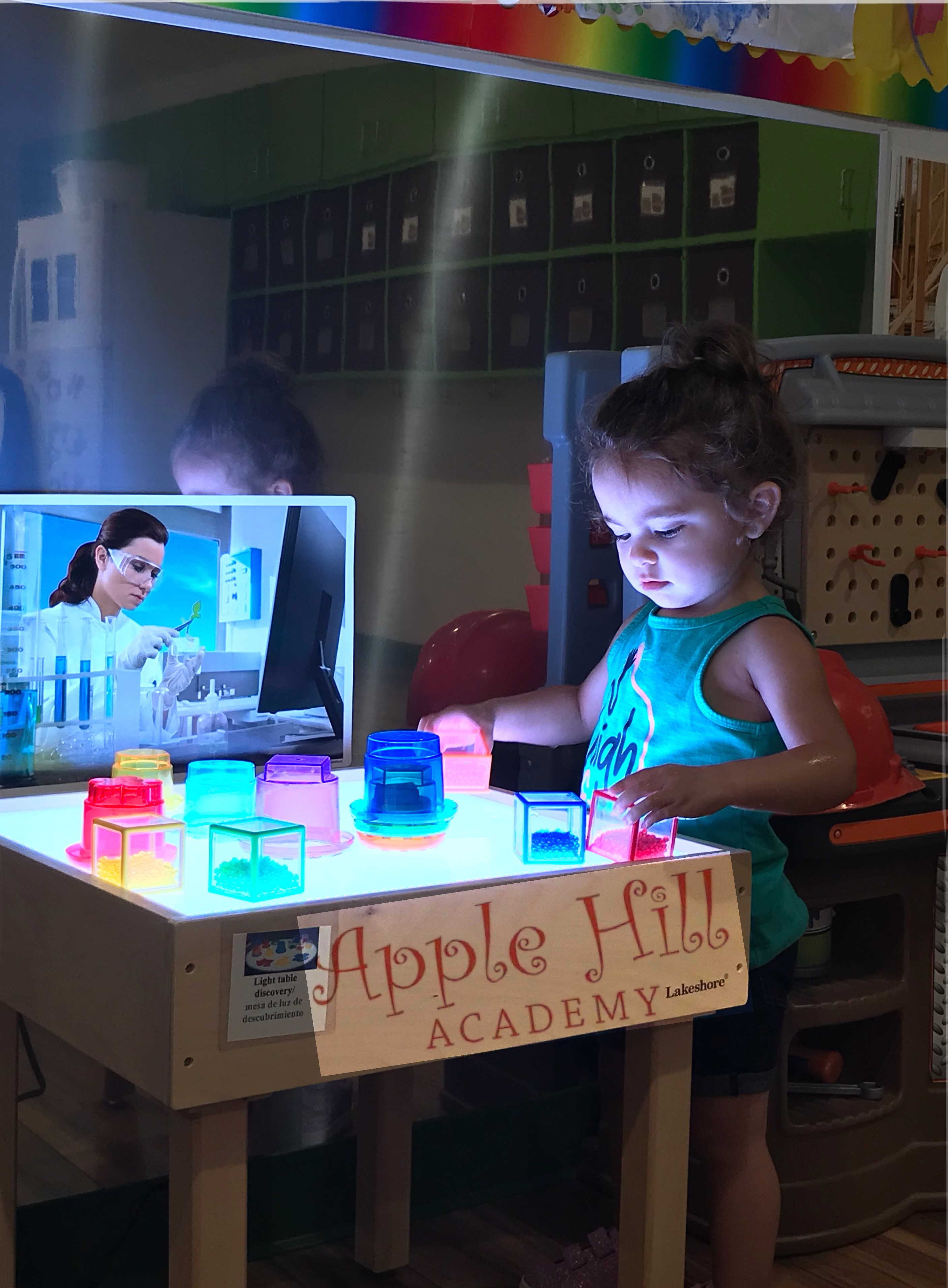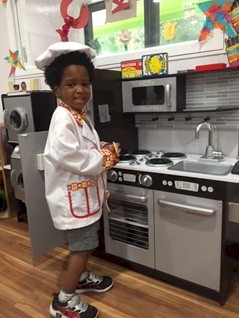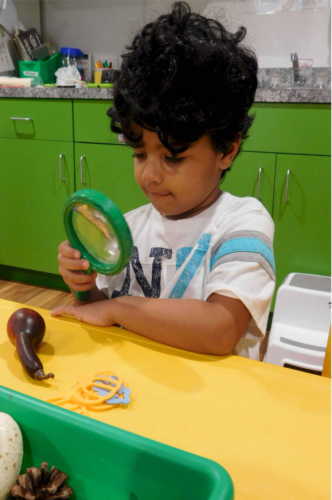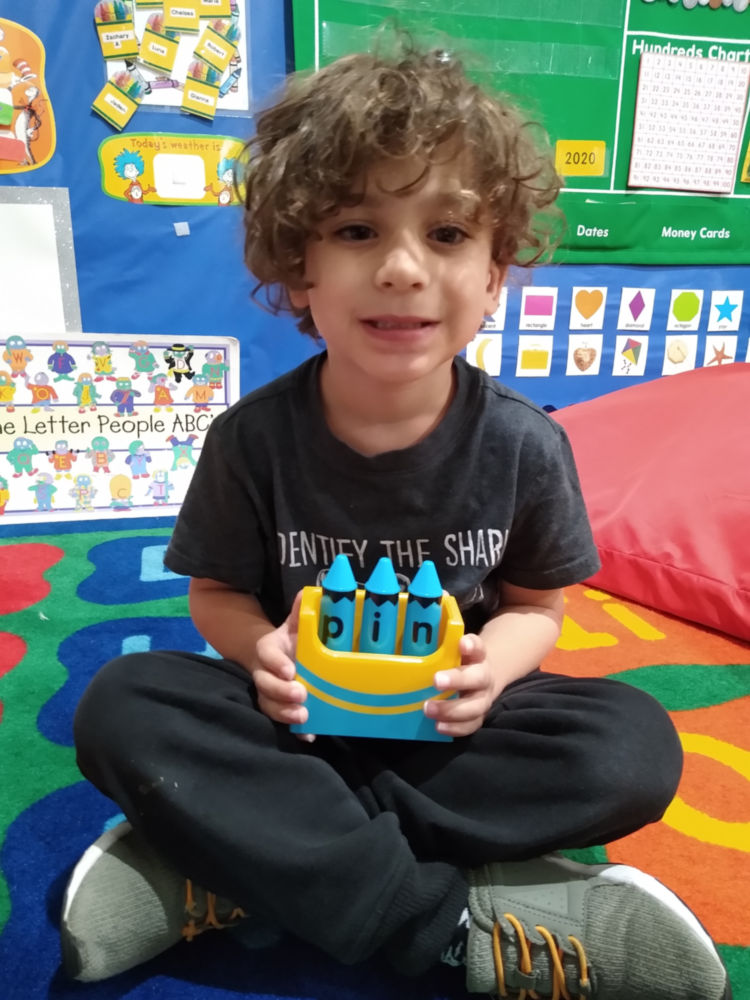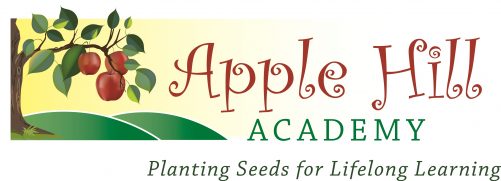S.T.E.A.M. in the Primary Classroom:
4 Ways Educators are Acclimating to STEAM Education
Today’s earliest primary grade classrooms retain some of the hallmarks of classrooms throughout the years; calendar activities, tables for small group learning, and big books for a whole class read aloud. Alongside those staples are newer additions. The computer center may have replaced the housekeeping center. Wooden blocks are no longer the only building supplies available. Large varieties of math manipulatives, once more of a luxury, are standard fare and students often have their own set kept at their desks. Education is always changing and as the focus on STEAM in the classroom increases across grade levels, the types of activities and learning experiences students in primary grades have access to must expand to keep pace and meet expectations.What is STEAM? STEAM stands for Science, Technology, Engineering, Art, and Math. It has become more than a popular buzzword. In recent years STEAM education has gained momentum through teacher education, federal grants, and solid research-based curricular guidelines. Community partnerships, like those encouraged through the Educate to Innovate initiative are key factors in creating successful STEAM programs. As programs are being implemented, K-12 teachers across the country are incorporating STEAM content and themes into their classrooms.What is helping teachers in primary grades acclimate to STEAM education?
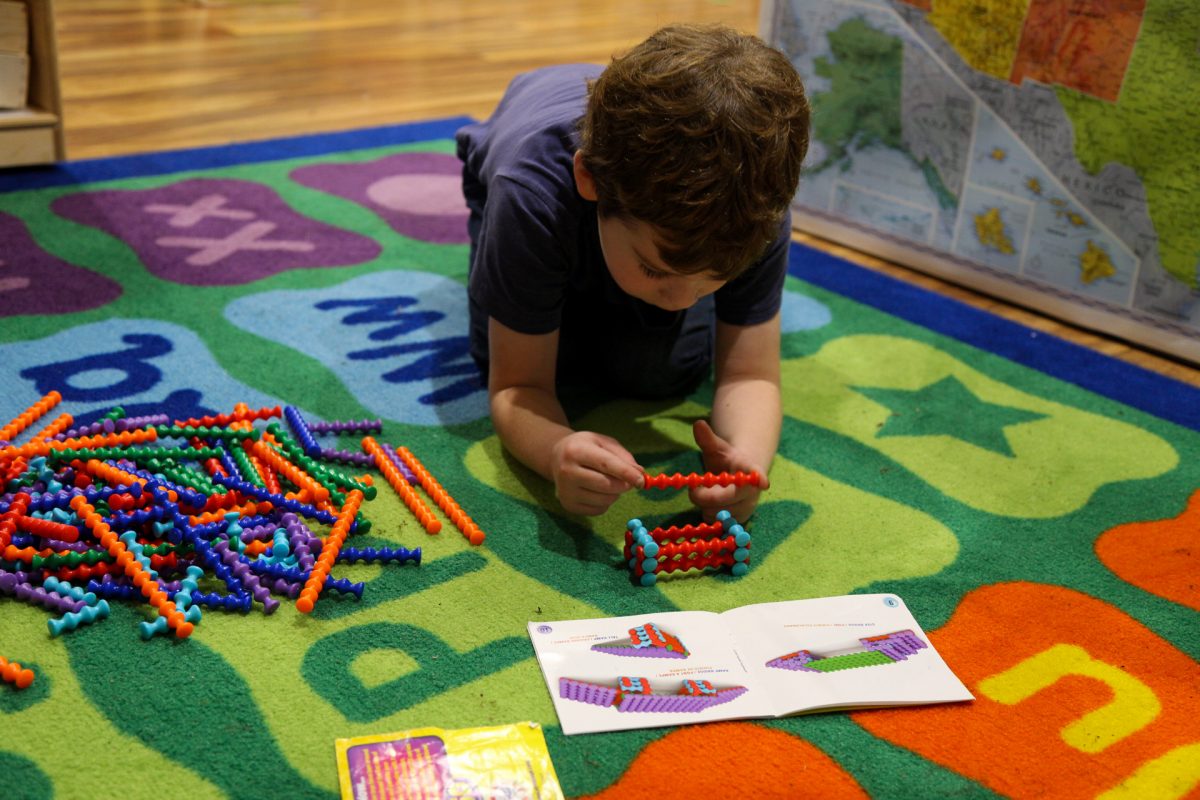
Reflection Successful STEAM educators reflect on what is already present in the classroom. One of the of the ways teachers are successfully becoming STEAM educators is by recognizing that sometimes small, focused tweaks are what is needed to lessons, activities, and classroom questioning techniques.
Modification Modifying questioning to include words like design, model, and experiment is one example of a small change that can lead to an environment that supports and encourages STEAM learning. Primary grade classrooms are rich with opportunities to investigate and explore.
Engagement The most important component of a successful STEAM lesson is to begin with a rich task; one that students will be engaged in and that has a problem for them to solve. An inquiry-driven lesson that sparks student curiosity is one that will provide the best learning opportunity.
Collaboration Teachers working together and sharing ideas through open-source channels like Pinterest, where a search for the word STEAM returns a plethora of ideas and activities, has become increasingly popular. Activities found often highlight how integrated curriculum is supported through STEAM, as the principles of critical thinking, asking good questions, observation, and exploration, are found at the center of every discipline.
One thing is certain, STEAM education will continue to expand and grow. We are in a new period of time and all students need to be proficient in STEAM fields, with early education providing the building blocks of understanding. Perhaps Rabindranath Tagore’s words can serve as a reminder as to why we commit our classrooms to forging ahead. “Don’t limit a child to your own learning, for he was born in another time.”

